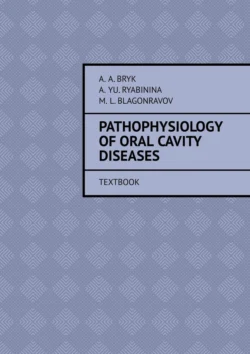Pathophysiology of oral cavity diseases. Textbook

A. Bryk и A. Ryabinina
Тип: электронная книга
Жанр: Здоровье и медицина
Язык: на английском языке
Стоимость: 200.00 ₽
Статус: В продаже
Издательство: Издательские решения
Дата публикации: 30.10.2024
Отзывы: Пока нет Добавить отзыв
О книге: This textbook is intended for students of medical universities specializing in «Dentistry», as well as for residents and postgraduate students. It has been prepared by authors from the Medical Institute of the Federal State Autonomous Educational Institution of Higher Education «Peoples’ Friendship University of Russia named after Patrice Lumumba». The textbook presents relevant educational material on the pathogenesis of dental diseases.